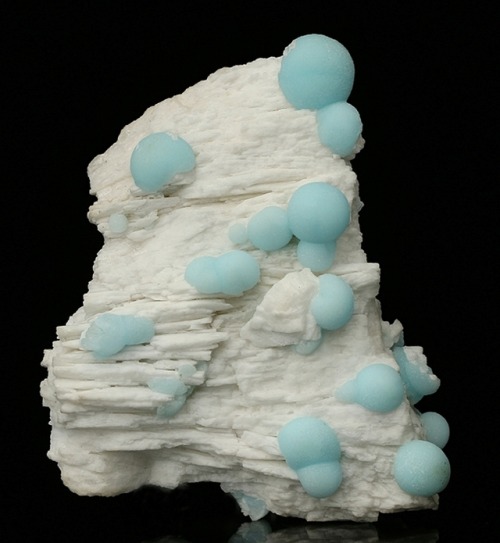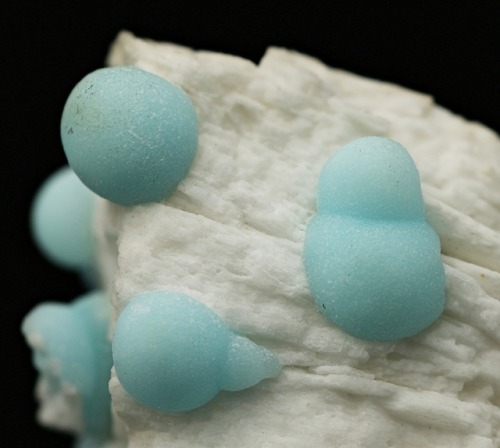Alfredo Hlito – Development Of A Theme, 1952

Alfredo Hlito – Development of a Theme, 1952
More Posts from Read-a-me-to-me and Others


Coronal Prominence Cavity
Prominences are regions of cool, condensed plasma supported by twisted magnetic field lines that globally wrap around an axial magnetic field, called a magnetic flux rope. Most of the flux rope volume is filled with depleted coronal plasma and forms a transitory cavity – a dark elliptical or semi-circular region that appears empty from our viewpoint. White-light coronagraph observations suggest that cavity density is approximately half the density of the surrounding streamers. However, the plasma properties within the cavities are not uniform, they exhibit temperature substructures that have been observed in multiple wavelengths.
Tuned to observe emission in the extreme ultraviolet (EUV or XUV), NASA’s Atmospheric Imaging Assembly (AIA) instrument on board the Solar Dynamics Observatory (SDO) provides high-definition imagery of the Sun in seven wavelength passbands. Each of the wavelengths highlight a specific aspect of the solar surface and atmosphere, for example; the dark elliptical structure of the coronal cavity, and outer bright streamers are most visible in AIA 211 Å (Fe XIV), and AIA 193 Å (Fe XII, XXIV) channels, as shown below:


The AIA 171 Å (Fe IX) channel also shows the fine structure of loops, plus the central prominence:

In the 304 Å (He II) channel only the chromospheric features are visible:

More information:
Thermal Properties of a Coronal Cavity (PDF)
SDO/AIA Detection of Solar Prominence Formation Within a Coronal Cavity
Modeling Coronal Cavities
Image Credit: NASA/SDO/LMSAL
-
 cavegirl66 liked this · 7 years ago
cavegirl66 liked this · 7 years ago -
 spiralthrills reblogged this · 7 years ago
spiralthrills reblogged this · 7 years ago -
 jowboi liked this · 7 years ago
jowboi liked this · 7 years ago -
 christophpeterson liked this · 7 years ago
christophpeterson liked this · 7 years ago -
 m00ndingochan liked this · 7 years ago
m00ndingochan liked this · 7 years ago -
 beelzebunny reblogged this · 7 years ago
beelzebunny reblogged this · 7 years ago -
 beelzebunny liked this · 7 years ago
beelzebunny liked this · 7 years ago -
 emanuelacauphoto liked this · 7 years ago
emanuelacauphoto liked this · 7 years ago -
 elizabethborden33 reblogged this · 7 years ago
elizabethborden33 reblogged this · 7 years ago -
 elizabethborden33 liked this · 7 years ago
elizabethborden33 liked this · 7 years ago -
 marcelezadecastilho liked this · 7 years ago
marcelezadecastilho liked this · 7 years ago -
 saturn123-asrtonomy reblogged this · 7 years ago
saturn123-asrtonomy reblogged this · 7 years ago -
 theegoist liked this · 7 years ago
theegoist liked this · 7 years ago -
 juliel71 reblogged this · 7 years ago
juliel71 reblogged this · 7 years ago -
 juliel71 liked this · 7 years ago
juliel71 liked this · 7 years ago -
 sisyfos liked this · 7 years ago
sisyfos liked this · 7 years ago -
 crawlbaby reblogged this · 7 years ago
crawlbaby reblogged this · 7 years ago -
 bonhomia reblogged this · 7 years ago
bonhomia reblogged this · 7 years ago -
 bonhomia liked this · 7 years ago
bonhomia liked this · 7 years ago -
 lord-byron1295 reblogged this · 7 years ago
lord-byron1295 reblogged this · 7 years ago -
 read-a-me-to-me reblogged this · 7 years ago
read-a-me-to-me reblogged this · 7 years ago -
 read-a-me-to-me liked this · 7 years ago
read-a-me-to-me liked this · 7 years ago -
 campy53 reblogged this · 7 years ago
campy53 reblogged this · 7 years ago -
 colin-vian reblogged this · 7 years ago
colin-vian reblogged this · 7 years ago













